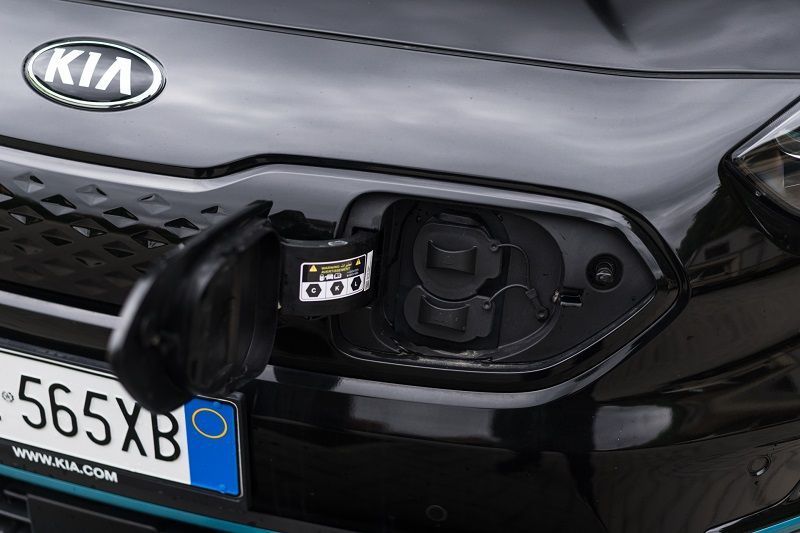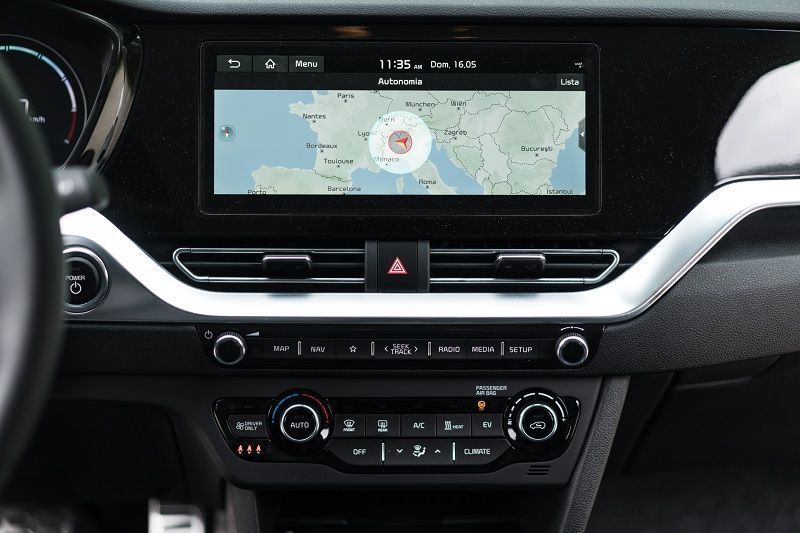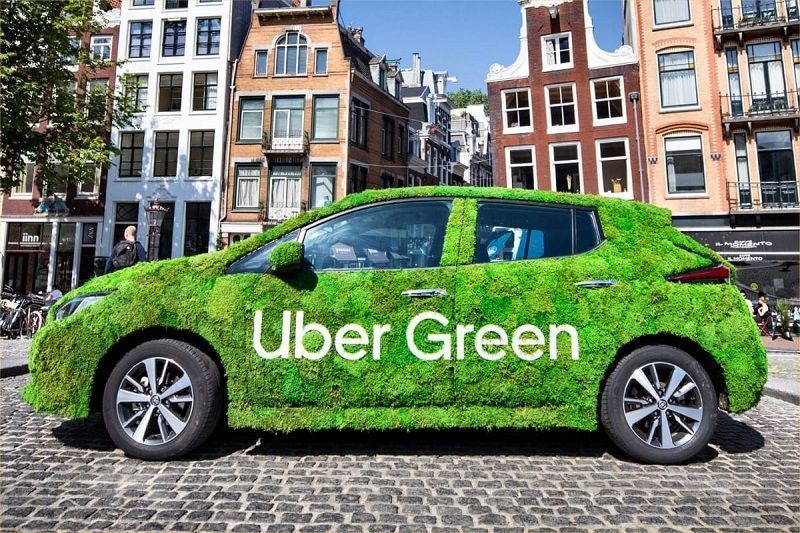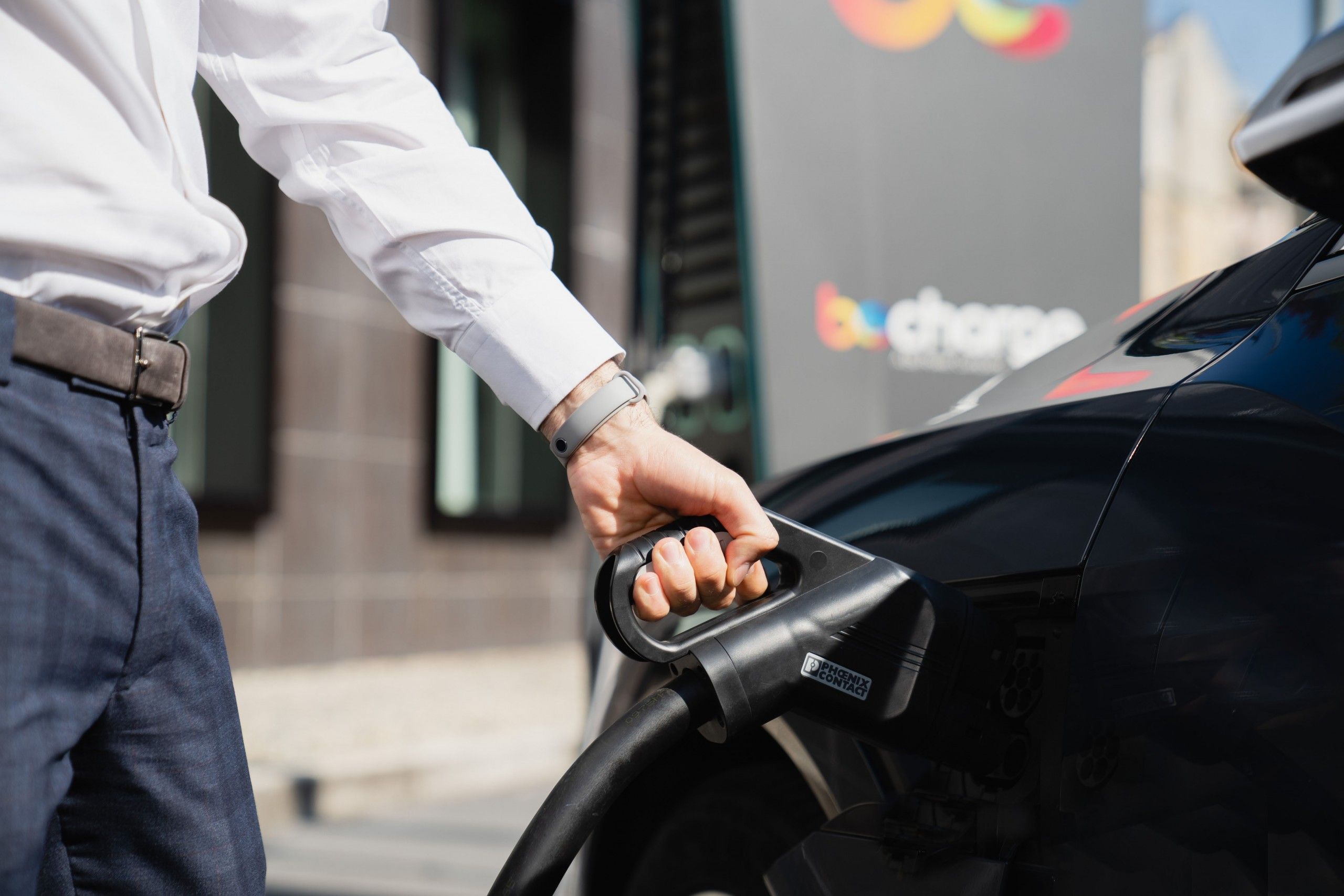One of the first questions that arise when buying an electric car is certainly about the autonomy that the vehicle has
This is more than a permissible question, considering that we are talking about relatively new technology and that not all users are aware of the strengths (and weaknesses) of battery-powered cars.
Summer is now just around the corner, as are the long-awaited summer holidays, a real godsend for those who have worked hard all year and need a break to regain their strength and clear their minds. Given the summer heat and the temperatures we will soon have to deal with, it is good to know some small tricks to maintain adequate autonomy and not to exhaust it more quickly than expected.
How do batteries operate and what are their limits
Before venturing into the secrets, we can apply, it is good to take a step back and explain more concretely the operation of the batteries and their limits. As you may know, the electrodes, the positive and negative pole, between which the flow of electrons takes place, are sensitive to extreme temperatures: both in the heat and, of course, in the cold. If there is too sudden a rise or decrease in temperature, charging can be less effective and at the same time impair battery operation.
Despite the high insulation expected by car manufacturers, batteries can still suffer from a scorching climate, especially in those phases of fast charging where an above-average voltage is provided. In other words, with summer climates, there can be interruptions in charging to rapid charging points, at the same time, significant reductions in autonomy. In addition, the use of air conditioning (and heating) can further compromise travel, even consuming 20% autonomy.

An example? We recently tried a KIA e-Niro, which has a declared range in the WLTP cycle of 455 km, and using the air conditioner in a consultation we measured a not indifferent decrease in autonomy. In other words, we found ourselves visiting the charging column more frequently than expected.
We point out that the consumption of the air conditioner also impacts thermal cars that, thanks to generally greater autonomy and an almost immediate refueling system, do not suffer in such a dramatic way. Let us be honest: full petrol does not know or takes less time, but it allows us drastically greater freedom, at least now.
In the future, the situation should improve with the arrival of lithium-sulfur batteries, which can guarantee increasingly significant journeys thanks to the ability to accumulate more energy than current devices.
So what remedies can we apply in summer and on holiday?
1. Limiting the use of air conditioning
Keeping your car at an acceptable temperature is a priority for everyone, especially when you climb after leaving it in the sun for an entire morning. The advice, in this case, is to slowly cool the car, perhaps during the journey, so that you can recover energy during the journey.
2. Plan usage
Modern cars and in particular electric cars are a real technological concentrate and the most advanced allow you to manage and plan actions from the comfort of your smartphone. In this respect, if possible, we recommend that we adopt a strategy to pre-cool your passenger compartment while it is still in charge. For example, if you need to exit at 3 pm, it is advisable to set a timer so that already at 14:50 the pre-cooling of the car begins.
3. Driving modes
It will seem obvious to you, but the driving style impacts more than ever on autonomy leading to often drastically different results. Having “light foot” on electric cars is almost a must if you don’t want to go to the charging station frequently. To ensure good autonomy it is necessary to drive efficiently, especially in summer where we use the air conditioner. It is also advisable to avoid long journeys on the motorway at 130 km/h.
4. Regenerative braking
Almost in step with the driving modes, we find regenerative braking. Every kW saved counts, so leaving the accelerator pedal on time and sailing will be a valuable help.
5. Topography
In summer you will probably go to the seaside resorts and you will hardly face impassable climbs; remember, however, that uphill the autonomy is reduced!
6. Trunk and parcel carrier
Summer is the ideal time to do outdoor excursions. You will surely have found yourself with the trunk full or with the parcel bars mounted; the advice is always one, empty the trunk and remove everything not indispensable. It may seem “extreme”, but the rack can dramatically affect the autonomy of the car, if we don’t need to advise you not to leave it mounted.
7. Park strategically
Finding a free space in the summer shade is a nice challenge, both because the sun is not fixed high in the sky, and because of the lack of trees or awnings that can evenly cover the rest areas. If you just don’t have the option to park in the shade, we always recommend using good sunshades to prevent the cockpit from heating up too much. Electric cars are not allergic to the sun, however with too high a temperature protection system could be activated that will discharge the battery to avoid possible damage.

In conclusion, to avoid over-consuming during the summer period it is necessary to follow advice like those you would apply to a normal endothermic car. In addition to what is listed, but not to be considered as a remedy for battery consumption, we recommend carefully planning the route to be taken to rigorously evaluate the stops and always find a Be Charge column capable of charging your car quickly.
In collaboration with:









